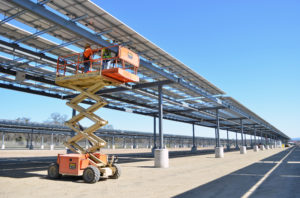In This Issue
Flanigan’s Eco-Logic
Quote of the Week
Twin Tunneling Under the Delta
2018 LABC Sustainability Summit Notes
California Mandates Solar for New Homes
EcoMotion Highlights
Solar Jobs Report
Batteries, Cobalt, and the Solar/Hydrogen Economy
Electric Garbage Trucks
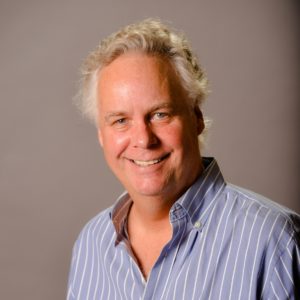
Flanigan’s Eco-Logic: Collective Vision and Flying Taxis
Years ago, I sat on a British Airways jet headed for Moscow. It was 1988. Seated beside me was a woman of Indian descent. We and many others on the plane were headed to the Global Forum on Sustainable Development of the World’s Spiritual and Parliamentary leaders. We were excited to meet and chatted freely. The greatest environmental problem? Population? No, she insisted, the more people on the planet the greater collective vision we’ll have.
I hope she is right, that the-more-the-merrier on this planet. One thing is for sure, the pace of innovation seems to beat faster and faster… a function of more good minds, as well as diet. There is no hallowed ground. Every industry, every standard practice is ripe for change and is not spared. Change is big and small but everywhere and fast. Community choice aggregation is ripping through the utility industry, providing a potent option for millions of consumers when before there was none. Skylights are now being coupled with whole house fans. Taxis have been largely replaced with Uber and Lyft… and now taxi cabs that ply our nation’s streets may soon be overwhelmed by the third spatial dimension!
Yifang (Derrick) Ziong, co-founder and CMO of EHang, Inc. appeared on stage at the Los Angeles Business Council Sustainability Summit in April ala Steve Jobs… simple t-shirt, casual, matter-of-fact kind of talk and style. His presentation: Creating a Three-Dimensional Transportation System with Drones. Derrick began with two images, one looking down at Earth’s sprawl of civilization, traffic jams, and congestion. The second, a look up at the blue, uncongested sky. “We’ve got to look up for solutions,” he surmised.
Derrick founded EHang in Guangzhou, China in 2014. The company’s signature product has been drone swarm formation flight. He showed pictures of vast formations of drones in flight, masterfully programmed to create all manner of formations. Then his firm began to focus on taxis, known in the industry as Autonomous Aerial Vehicles (AAVs). Derrick logically dismisses pilots when hundreds of drones can be controlled at a terrestrial, central control center, just like the swarms he’s controlled.
EHang prototypes have been built and tested. Derrick boasts that the Ehang 184 AAV is the safest, smartest, eco-friendly, low-altitude autonomous aerial vehicle available. His drones have lots of built-in redundancy… using eight independent motors with 16 blades on its dual-passenger model. Derrick shows a video of himself in flight. EHang’s drones have even been tested in the fierce winds of the Asian monsoon seasons. He talks with pride about a recent flight test with a Dutch prince.
The pace of innovation continues to beat ever faster. Creativity in music, theater, the arts, in engineering, social media, is dizzying. Disruptions to technologies and services is now the norm. Cell phones have replaced land lines. Newspapers and travel agents are things of the past. Uber is having to re-tool and to adapt as it shifts from fledgling good energy, to a more mature business model in need of quality control. My car is an internet hot spot and recently needed a software upgrade.
It’s hard for me to imagine autonomous cars, being comfortable at the mercy of a computer. It’s even harder to imagine an autonomous drone taxi flying high above the congested streets, zooming unfettered over Earth’s maize and congestion. But don’t close your eyes for too long, don’t insist on being comfortable or prescient, or the industry that you ply may be radically different, even indistinguishable, in the very near future.


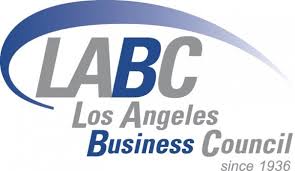


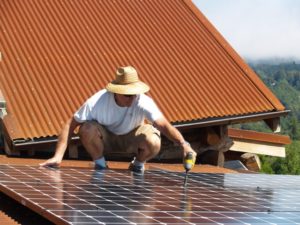
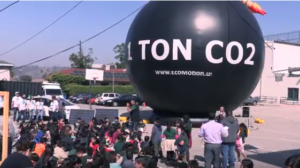
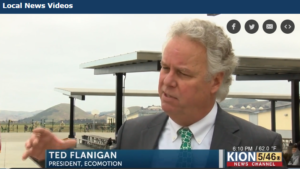
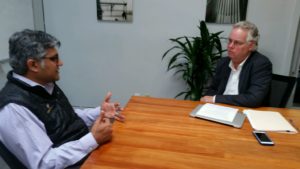
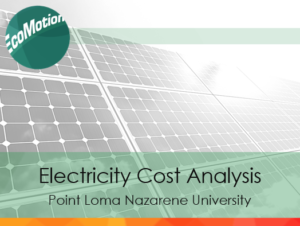 For Point Loma Nazarene University in San Diego, EcoMotion has completed a detailed electricity cost analysis. The purpose of the work was to determine if the University’s electricity bills and total cost are in order. With 144 electricity meters, 40 direct access accounts, and two different solar power purchase agreements, the analysis was robust. Overall, and thanks to attractive direct access contracts, and despite PPA prices that are “upside down,” the University is saving money.
For Point Loma Nazarene University in San Diego, EcoMotion has completed a detailed electricity cost analysis. The purpose of the work was to determine if the University’s electricity bills and total cost are in order. With 144 electricity meters, 40 direct access accounts, and two different solar power purchase agreements, the analysis was robust. Overall, and thanks to attractive direct access contracts, and despite PPA prices that are “upside down,” the University is saving money.